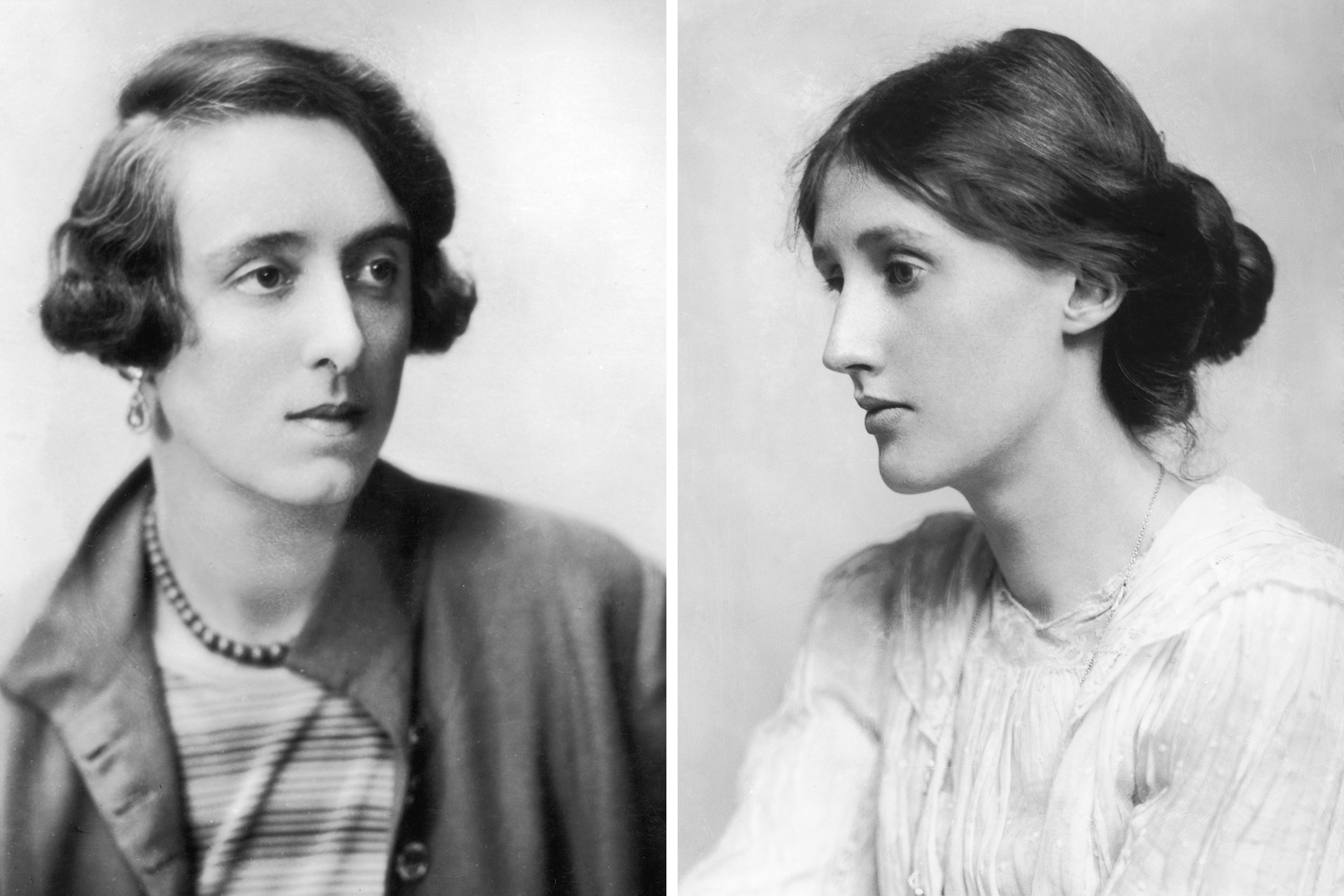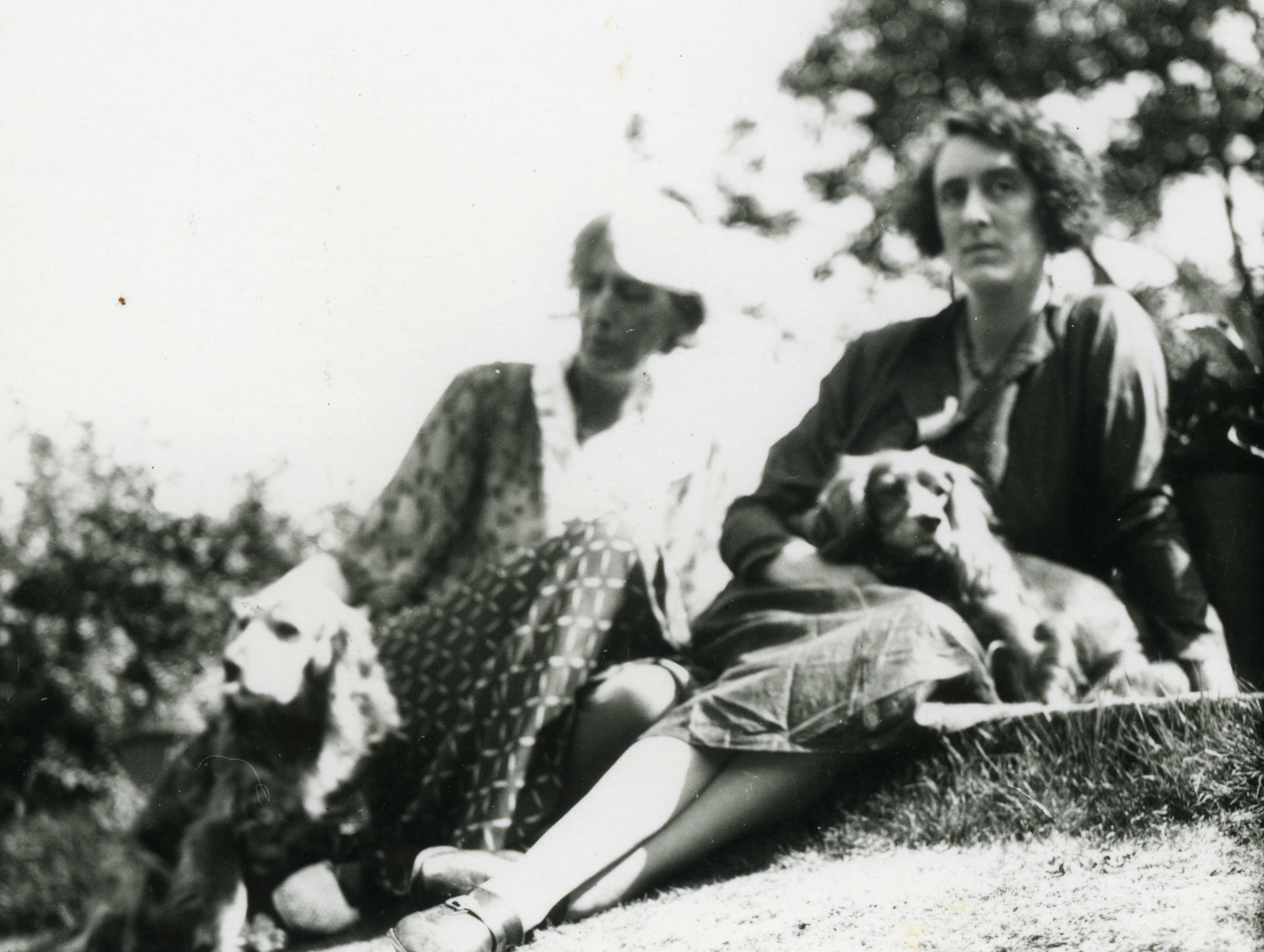Vivian Maier’s photography was discovered after her death, raising questions about who the elusive artist was and what drove her work. Yet continued interest in her work and private life raise further questions about artistry and privacy.
Who is Vivian Maier? That’s one of the main questions posed by the documentary Finding Vivian Maier. These days, Vivian Maier is recognized as one of the great American street photographers of the twentieth century. But prior to her death in 2009, she was completely unknown to the world at large and her life remains something of a mystery.

After discovering a cache of photo negatives at an auction in Chicago in 2007, amateur historian and collector John Maloof realized he had unwittingly purchased the unpublished work of a brilliant street photographer, with thousands of beautiful photos taken in the streets of Chicago and New York in the ’50s and ’60s. Maloof eventually published the negatives he’d acquired to Flickr and through the power of the Internet, Maier’s work went viral. It’s now shown in art galleries worldwide.

Maier took over 150,000 photos in her lifetime but spent the majority of her life—about forty years, to be exact—working as a nanny in the Chicago area, her talent and artistry hidden away along with boxes and boxes of unprinted negatives.
The story of a nanny who secretly took thousands of breathtaking photos was so compelling that it drove Maloof to obsession in trying to pin down the woman behind the camera, which he documents in his film. What emerges through interviews with the now-grown children Maier once nannied is a portrait of an artist who was strange, elusive, cruel, secretive, difficult, cold, radical, caring, brilliant. In short, complicated. Like all human beings are.

What also emerges are enduring questions about the nature of art and artistry, of discovery and privacy and consent. Maloof, of course, has profited greatly from his discovery and subsequent exhibition of Maier’s photographs—something Maier herself, who was practically destitute before her death, could obviously have benefitted from. But, as people who knew her are quick to point out, she was intensely private and likely would have hated the attention that comes with fame and recognition.
Then again, she’s no longer around to have a say in the matter, so is there really any harm in making her work and her life known?
The work is one thing. It’s as brilliant as everyone says. Maier was prolific and genuinely talented. A true artist with a keen eye, who was never without her camera and who had a knack for capturing humanity in all its beauty, absurdity, warmth, and ugliness.

Her life, and the speculation about it, is another. What right have we to know the ins and outs of this very private person’s life? It has little bearing on the mark of her work. Maloof wants to get to the bottom of the mystery of Vivian Maier. Why did she take so many photographs? Why did she never publish them? Why did she hoard newspapers and take particular interest in grisly stories of murder and depravity? Why did she remain “just” a nanny throughout her life? These are questions that can never be fully answered. And probably they shouldn’t be. A lot of them make assumptions about who and what a woman, and a woman artist in particular, should be.
The question that persists, which Maloof asks again and again in the film, is: why didn’t Maier put her work out there? It’s a good question, one that begs to be answered. Why wouldn’t an artist want the fame and fortune that we tend to think all artists are entitled to?
The answer is, we’ll never know. What Maier wanted and intended to do with her own art is something no one can answer. Why she chose to hoard her countless rolls of film will remain a mystery. But that’s as it should be. We’re not supposed to have all the answers.

Diane Arbus once said that “a photograph is a secret about a secret. The more it tells you, the less you know.” And the more we learn about Vivian Maier, the less we seem to know about her. But she was a person, not an object to be unraveled, poked and prodded, sensationalized.
While I’m grateful that Maier’s work was made public, because I wouldn’t have been exposed to her stunning photography otherwise, I also believe that art doesn’t have to be commercialized or publicized in order to be great art.
Think of all the kitchen sink poets and hobbyist painters and bedroom guitar heroes and secret photographers out there, quietly making art for themselves. Art isn’t a rarefied domain, closed off to those who can’t afford to make it—or at least, it shouldn’t be. Art is how we make sense of our own experience and the world around us. It’s for everyone and it’s being made by everyone, each in their own way, as we speak. Art is not a privilege. It’s a human necessity.
It’s a good thing that Vivian Maier is finally getting the recognition she rightly deserves, even in death. God knows strange, difficult women rarely get the same appreciation afforded to their male counterparts. Still, people will always love to speculate about the private lives of public figures. But ultimately it’s the work that matters most. Regardless of who she was and what she did, Vivian Maier’s photos will continue to speak for themselves.























